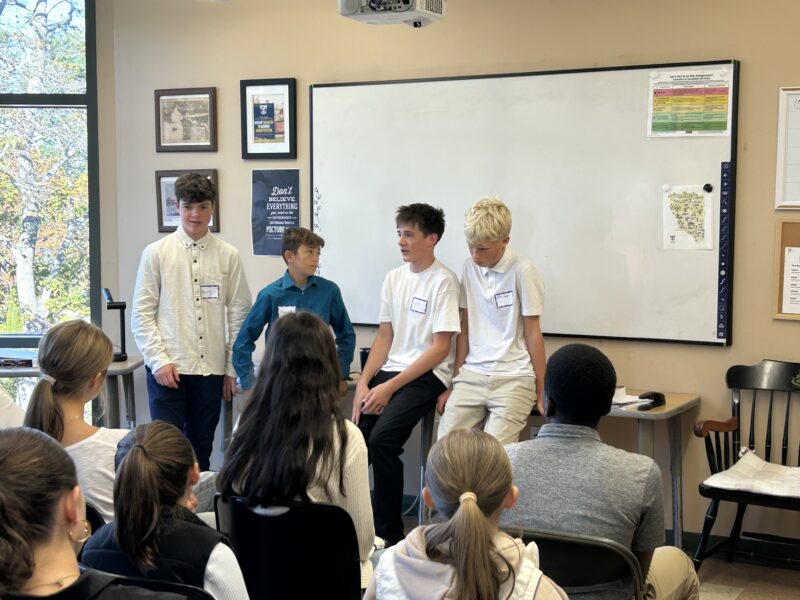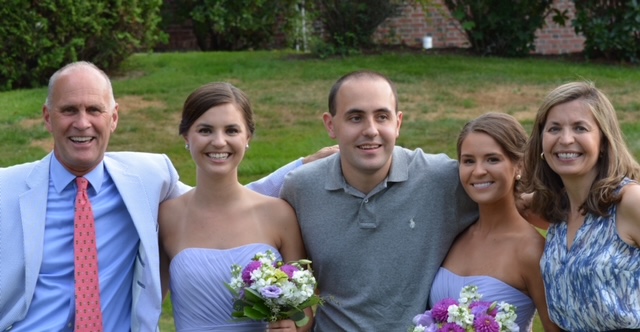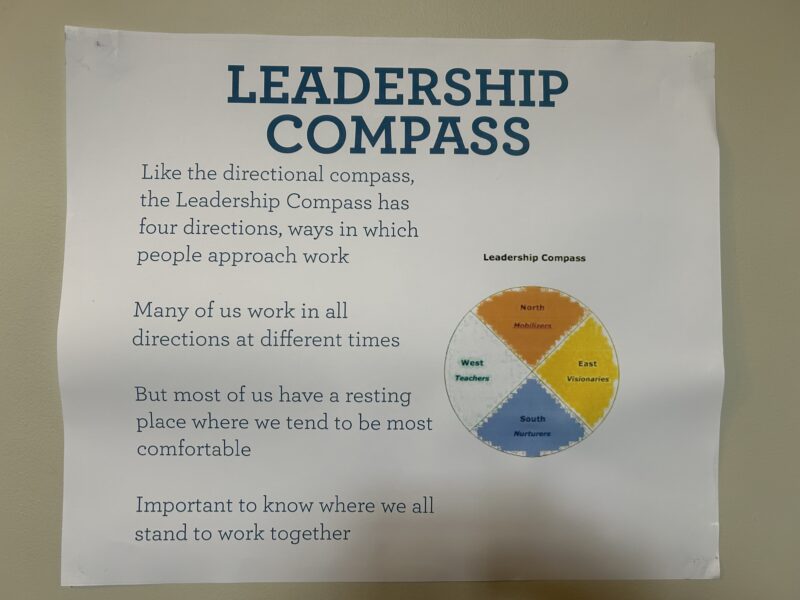Back in my headmaster days (1987-98), I used to write a newsletter called Malcolm’s Monthly. For me, if offers a historical record of life at Hyde reaching back to days when I could never have envisioned something like a blog. So, from time to time, I might offer up a few excerpts in hopes of shedding light on “How Hyde Works.”
To kick this all off, I offer a piece I wrote over twenty years ago. I begin with this because it probably inspired more reactions than any other issue of Malcolm’s Monthly. (Coincidentally, it also provides a glimpse into how big Whitney Houston was at the time.)
February 1991
“When I first came to Hyde I was very nervous about doing performing arts. Kind of like I am right now.”
Thus spoke Sue Jenson (not her real name) on the stage at Van Sickel Junior High School in Springfield, Massachusetts. She spoke for many in the cast. All could sense that this crowd of students would not be as supportive as the one back at school. We were going to try to teach the Springfield kids about the Hyde education in a half-hour show. Moods in the audience were varied: guarded hope, cynicism, apprehension, suspicion, mockery, etc. The Hyde performers had a few moods of their own. Many, probably most, for the first time were in a social setting where they constituted the racial minority. On with the show…
After just three notes of introductory instrumental accompaniment, the audience collectively realized that Sue was about to sing Whitney Houston’s “The Greatest Love of All.” We could feel the Springfield kids coming alive. Ah, our song selection would not hurt us today. Then Sue kicked in with the vocals. I wide-angled the audience for its reaction from my perch in the rear of the theatre.
They laughed. Some laughed hard.
These kids wanted Whitney. They also weren’t the least bit shy about indicating that Sue’s rendition was a bit shy of the real McCoy. It seemed unfair. At this moment, I felt for those performers who get booed off the stage at Amateur Night at the Apollo Theatre. My protective instincts kicked in.
What if that were my little girl up there? Why should the youngest member of the cast have the most pressure? Then my focus zoomed frontward and telephotoed Sue at center stage. How would she react?
She sang. She sang hard.
She stayed right with it, just as she had been taught. Her perseverance symbolized the point we were trying to make to our audience. She won them over! By the second verse it was almost as if the audience collectively realized, “Hey, I get it! The point isn’t to sound like Whitney. The point is to give it my best. Come to think of it, I don’t sound like Whitney. But maybe I am capable of giving it my best.”
It was a great moment. Our kids had worked hard: twelve shows in only three days. We set out to teach the Springfield kids something about Hyde. One cast member noted that they probably taught us more about ourselves. Like we always say, “You gotta give it to get it.” The final cast meeting at the front of the Van Sickel auditorium was one of the more poignant moments I’ve experienced at Hyde. I thought faculty guitarist Jamie Orchard-Hays ’83 put it best: “What we did is not what we said; what we said is what we did.”
Onward, Malcolm Gauld


